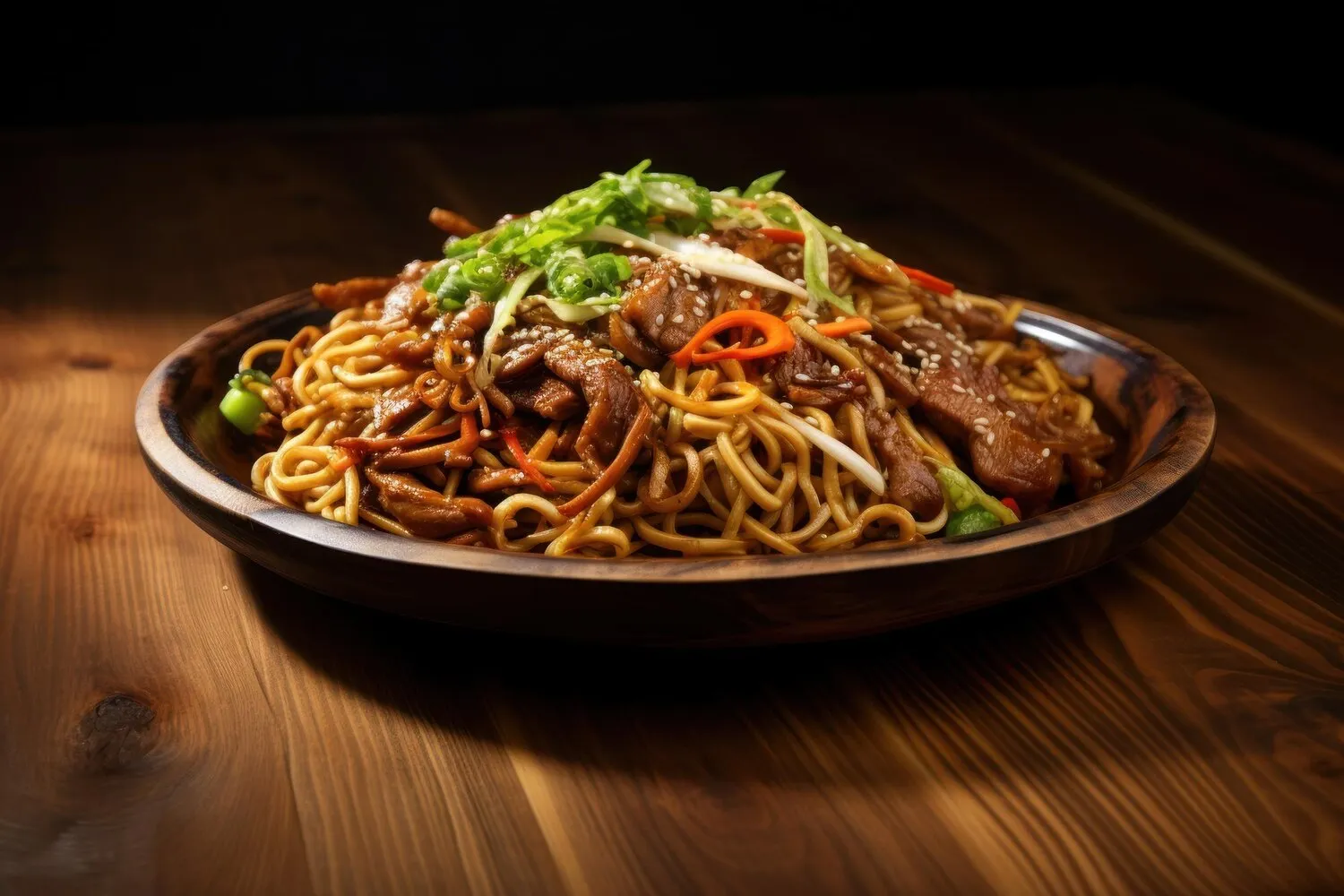
Saté Ayam
Chicken satay with peanut sauce.
Nutrition Facts
* The % Daily Value (DV) tells you how much a nutrient in a serving of food contributes to a daily diet. 2,000 calories a day is used for general nutrition advice.
Satay originated in Java, Indonesia, and is believed to have been developed in the early 19th century, influenced by Arab kebab brought by Arab and Indian Muslim traders. It quickly spread throughout Indonesia and Southeast Asia due to its deliciousness and ease of preparation. The addition of European elements like fries showcases colonial influence and the evolution of the dish over time.
Saté Ayam is deeply embedded in Indonesian culture, enjoyed as street food, at celebrations, and in restaurants across the archipelago. It represents a fusion of Indonesian, Arab, and to some extent, European influences, showcasing the country's rich culinary heritage.
Street Food Staple
Saté Ayam is widely available from street vendors, often grilled on portable charcoal grills, making it an accessible and affordable meal for many Indonesians.
Celebratory Dish
Saté is often served during special occasions such as Eid al-Fitr (the end of Ramadan), weddings, and other festive gatherings.
Regional Variations
While the basic concept remains the same, different regions in Indonesia boast their unique versions of Saté Ayam, with variations in marinades, peanut sauce recipes, and side dishes.
Social Gathering Food
Due to ease of eating and preparation, Saté Ayam is a popular food to eat together during social events.
Saté Ayam boasts a complex flavor profile, combining smoky grilled chicken with rich, savory peanut sauce, tangy pickled vegetables, and crispy, airy crackers, often complemented by salty, comforting fries.
The chicken is typically marinated in a blend of sweet soy sauce (kecap manis), turmeric, garlic, ginger, and other spices, giving it a slightly sweet and savory taste. Grilling over charcoal imparts a smoky char. The peanut sauce, the star of the dish, is made from ground peanuts, chilies, garlic, shallots, sugar, and kecap manis, resulting in a creamy, nutty, spicy, and sweet sauce. Atjar, a pickled vegetable relish, provides a refreshing sour and slightly sweet counterpoint. Kroepoek, deep-fried crackers made from tapioca flour and often shrimp paste, adds a crispy texture and umami flavor. Fries offer a familiar, salty, and starchy element that complements the overall experience.
Marinating Time
Allow the chicken to marinate for at least 4 hours, or preferably overnight, to allow the flavors to fully penetrate the meat.
Peanut Sauce Consistency
Adjust the peanut sauce consistency by adding water or coconut milk until it reaches a smooth, creamy texture.
Grilling Technique
Grill the satay over medium heat, turning frequently to ensure even cooking and prevent burning. Basting with marinade during grilling adds flavor and moisture.
Atjar Preparation
Make the atjar a few hours ahead of time to allow the vegetables to properly pickle.
Fries Considerations
Select good quality potatoes for the fries, and double fry them. Frying them once will cook the potato all the way through. The second fry, will make the outside crisp. The fries should be salted immediately as they come out from the fryer.
Explore additional Asian dishes and restaurants
Explore AsianDiscover top dining spots and culinary experiences in Baarn.
Explore BaarnLearn more about the food culture, restaurant scene, and culinary heritage of Netherlands.
Explore Netherlands